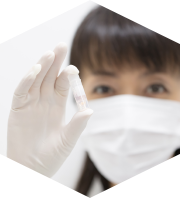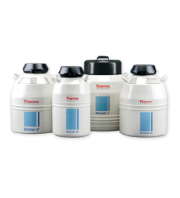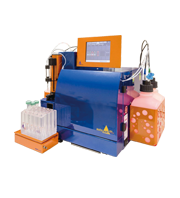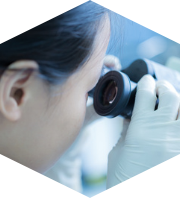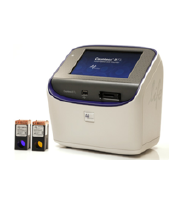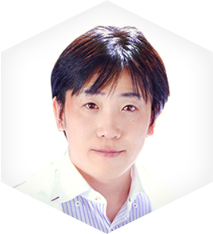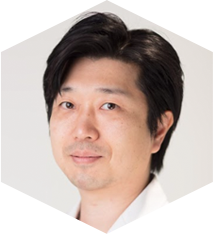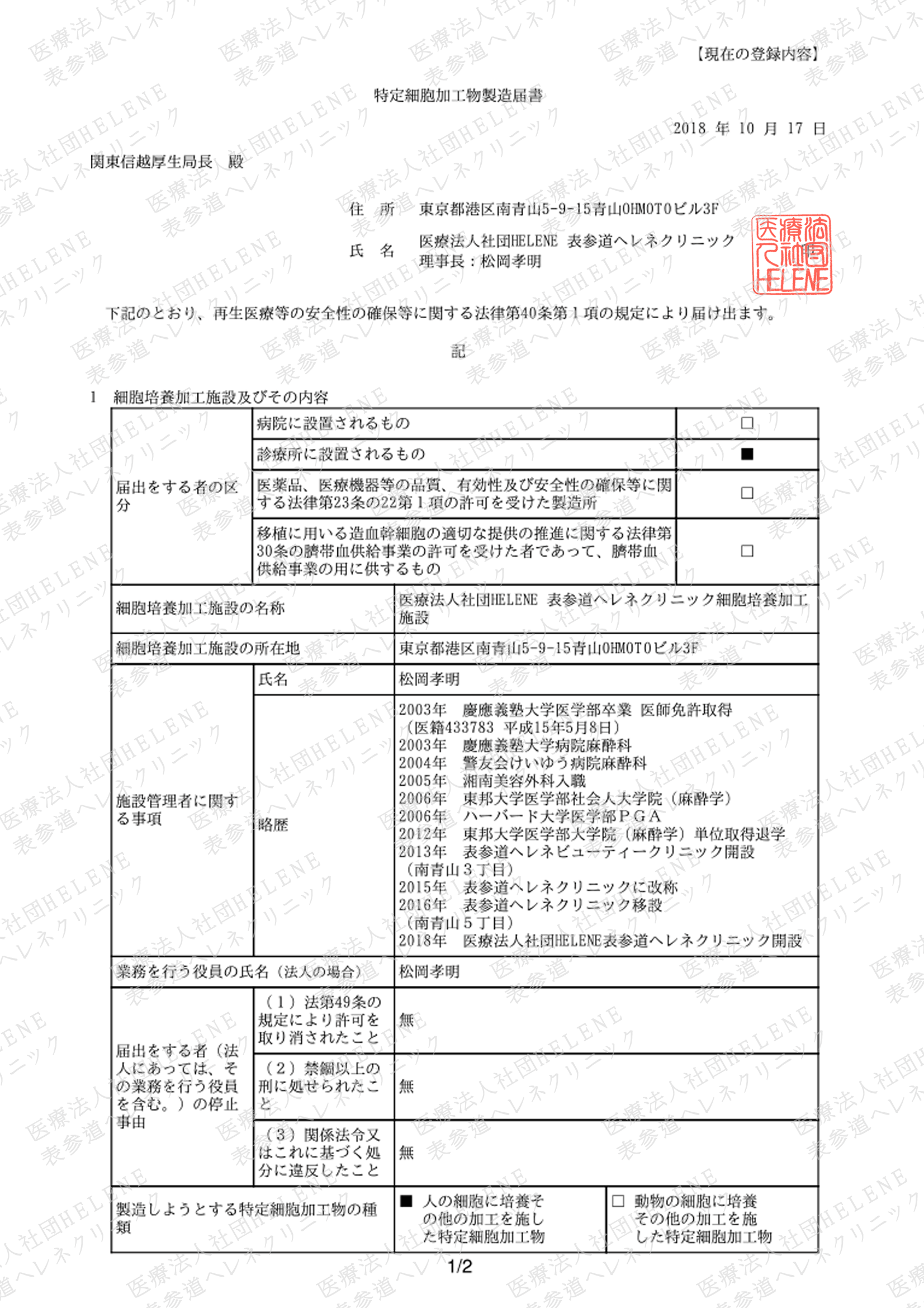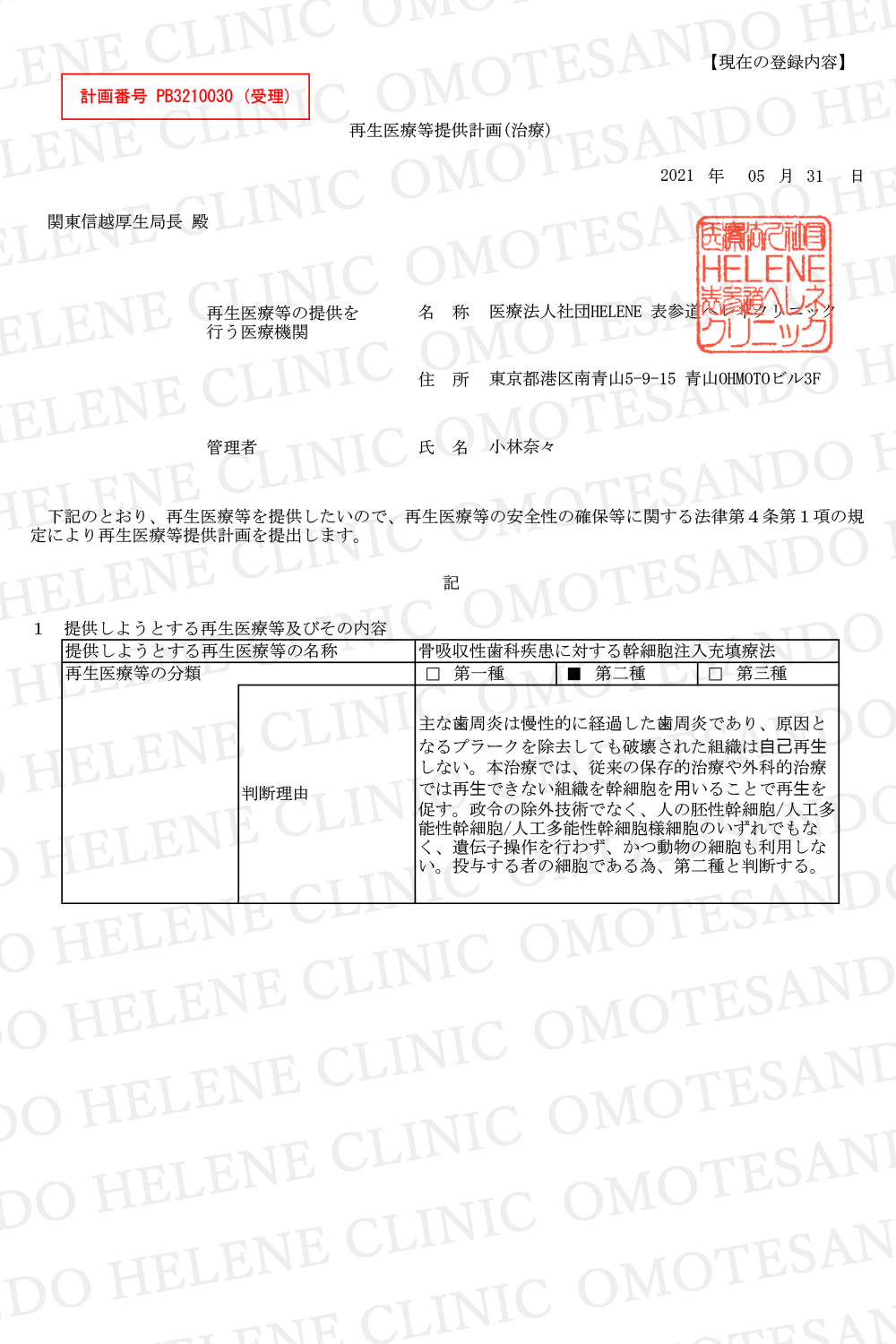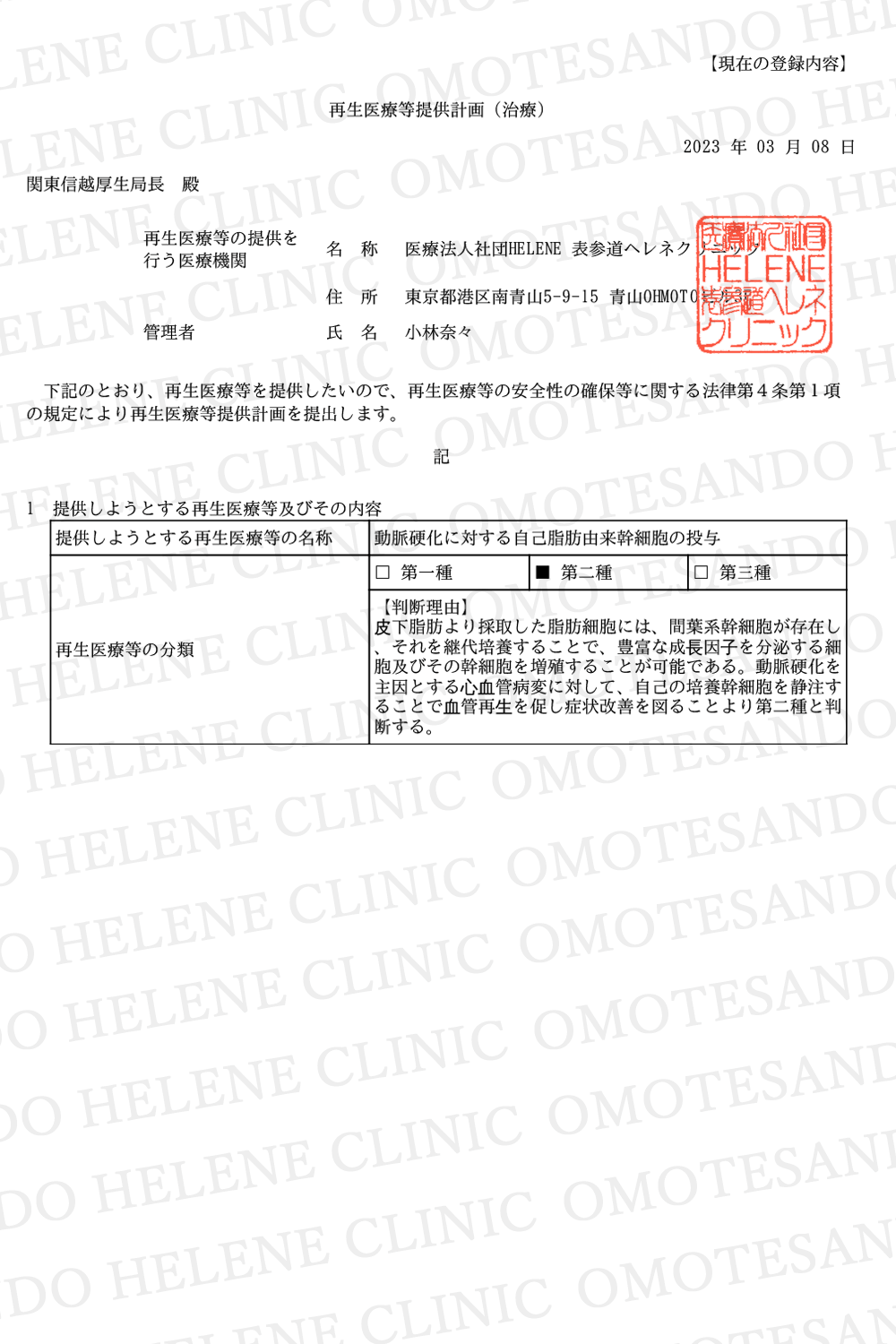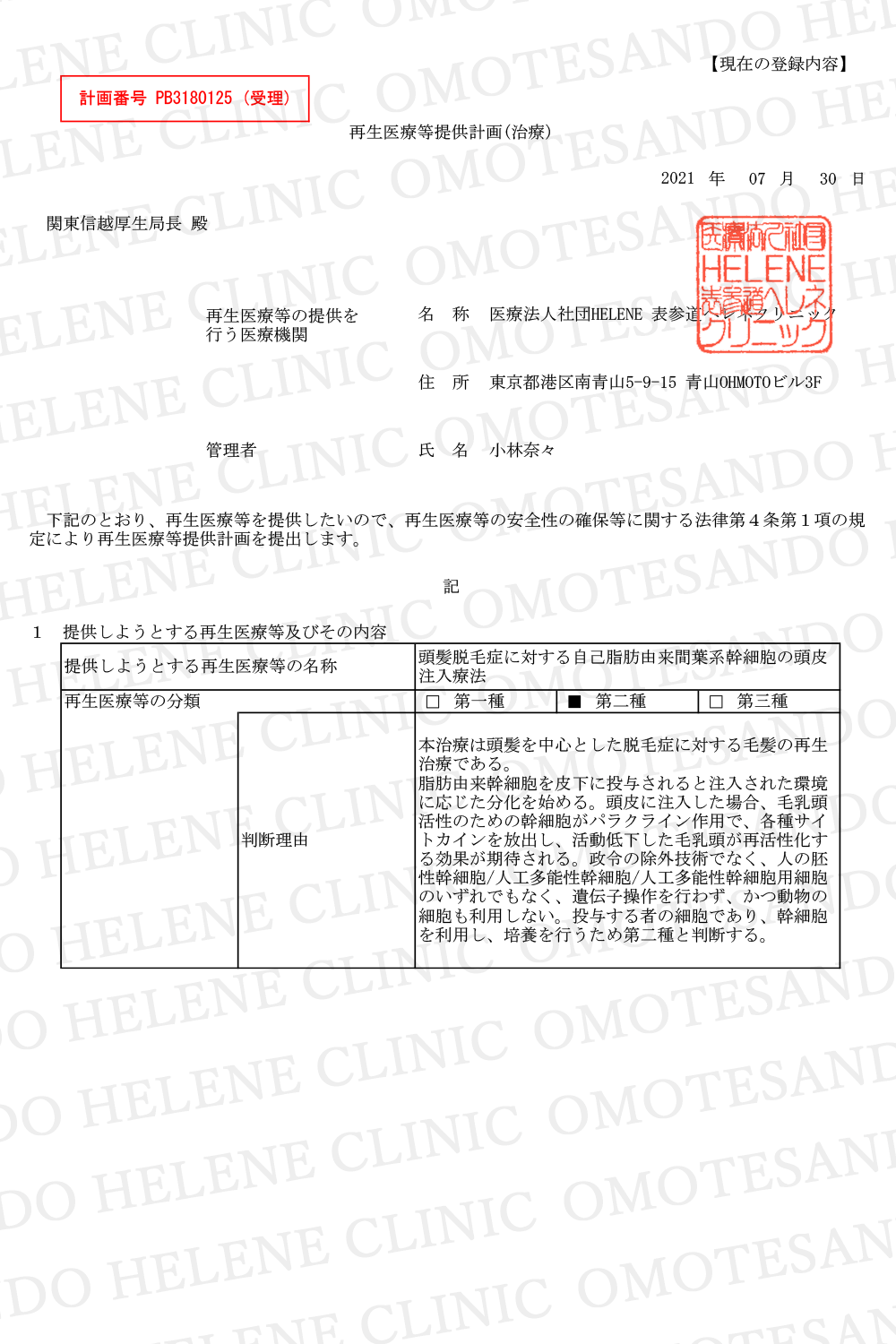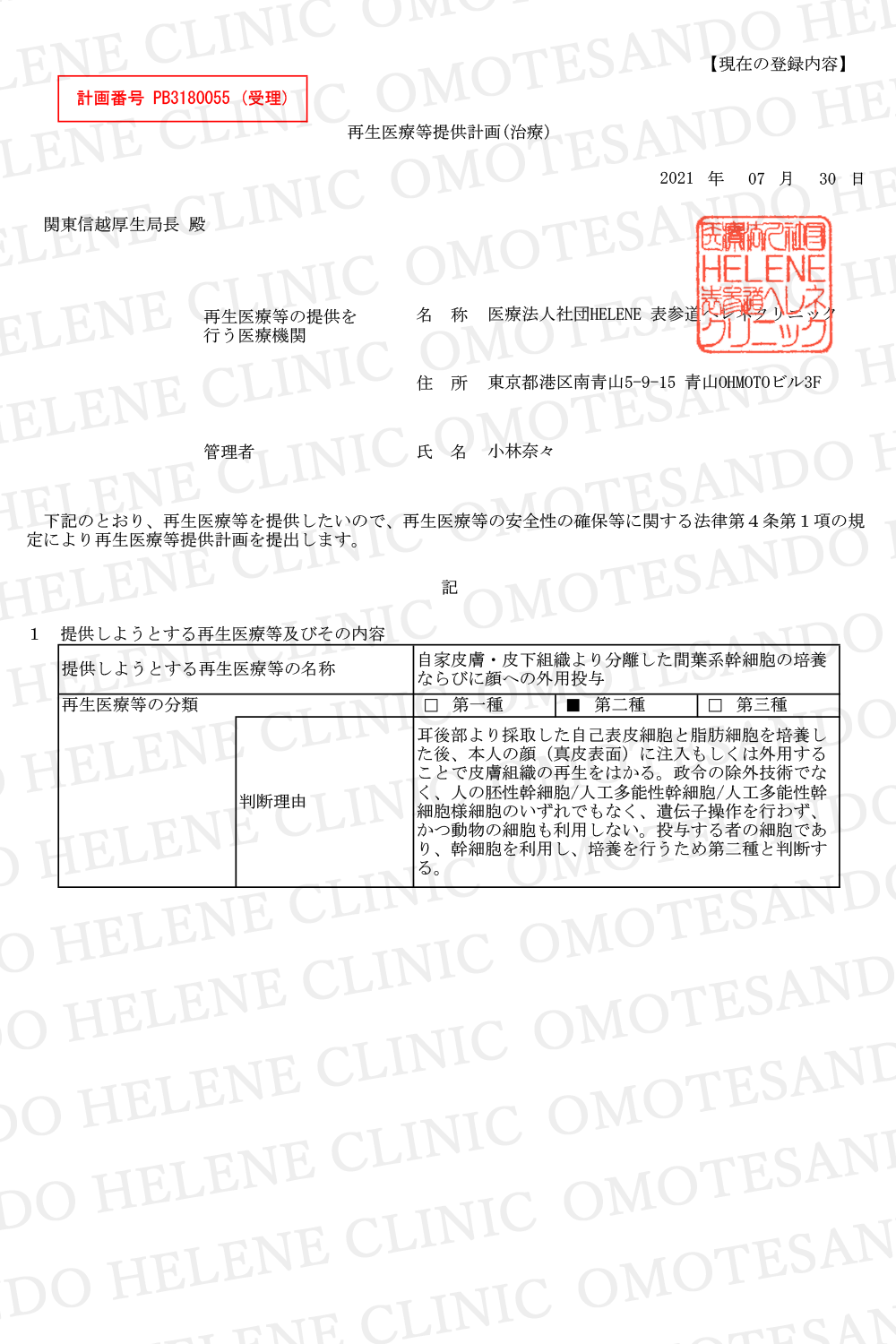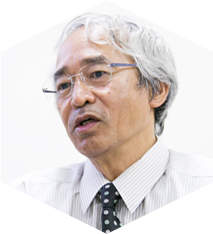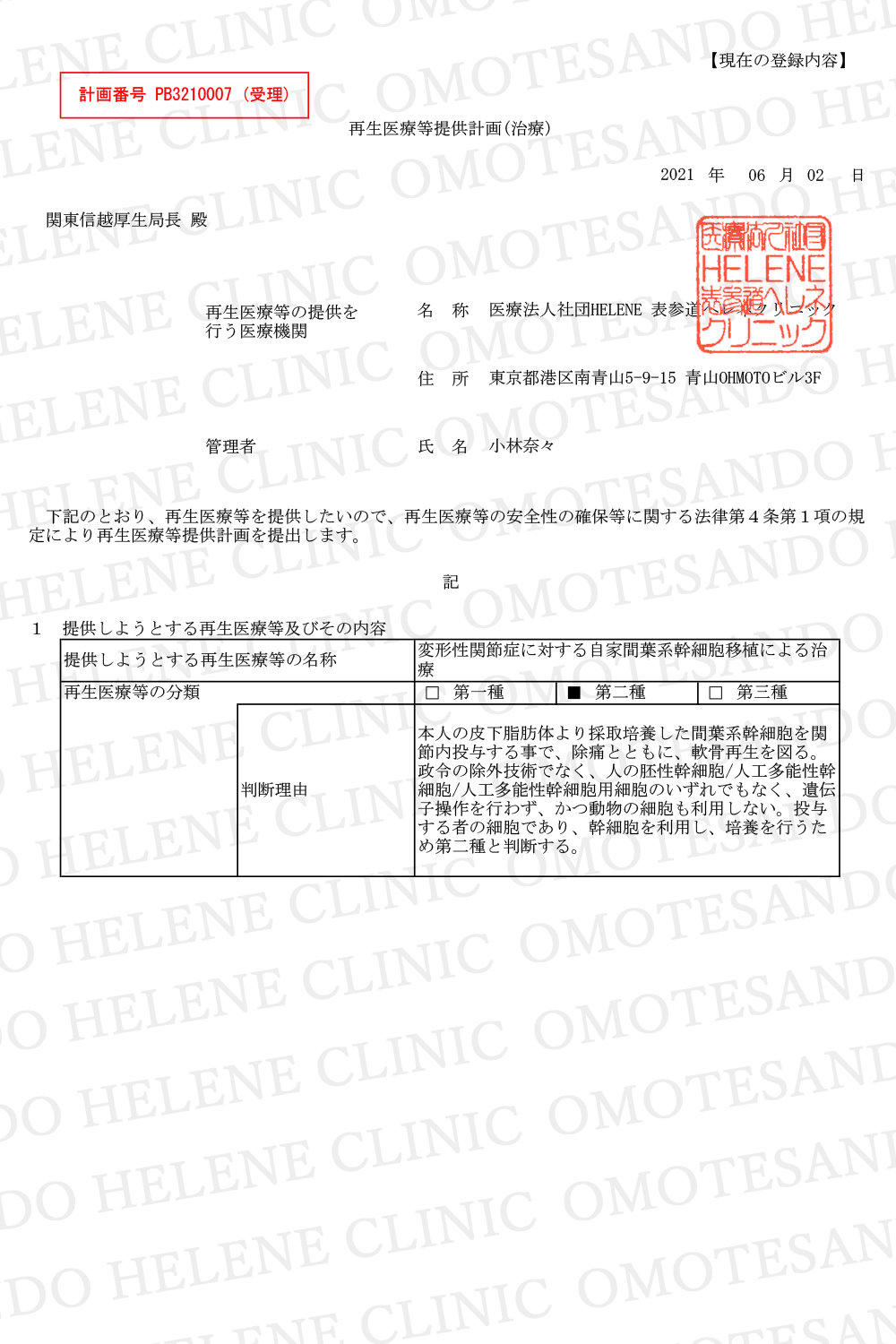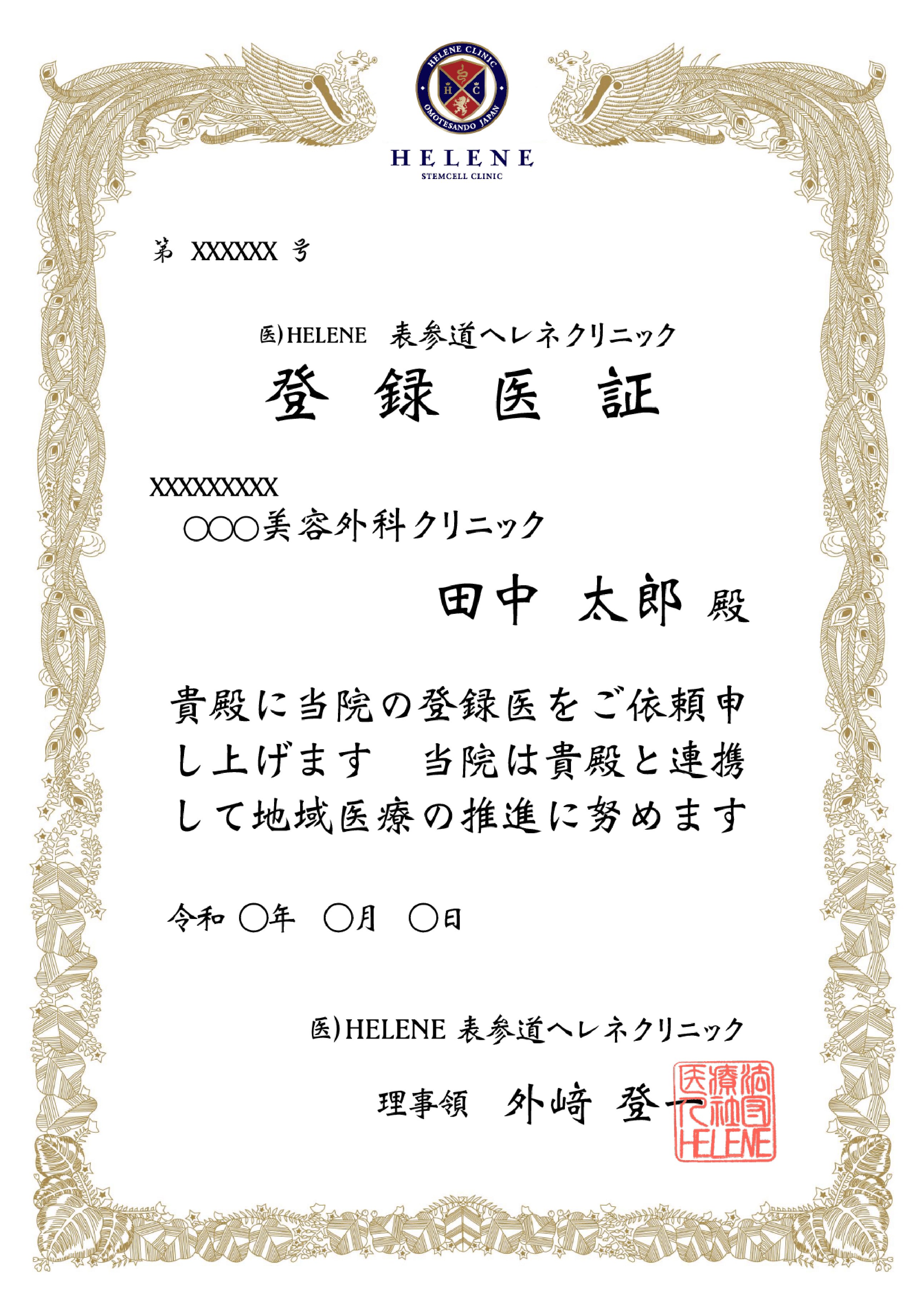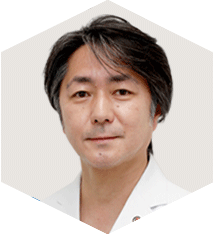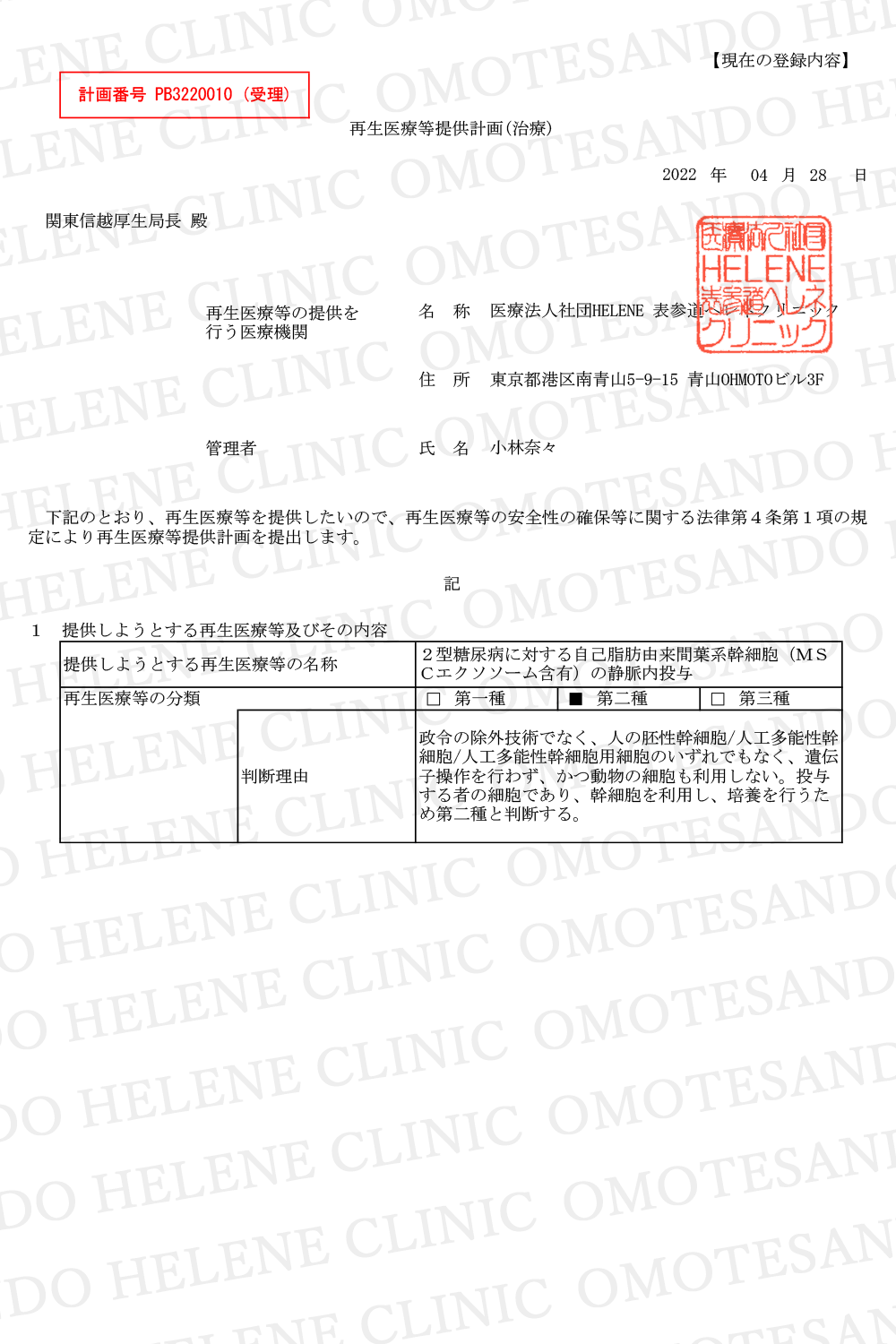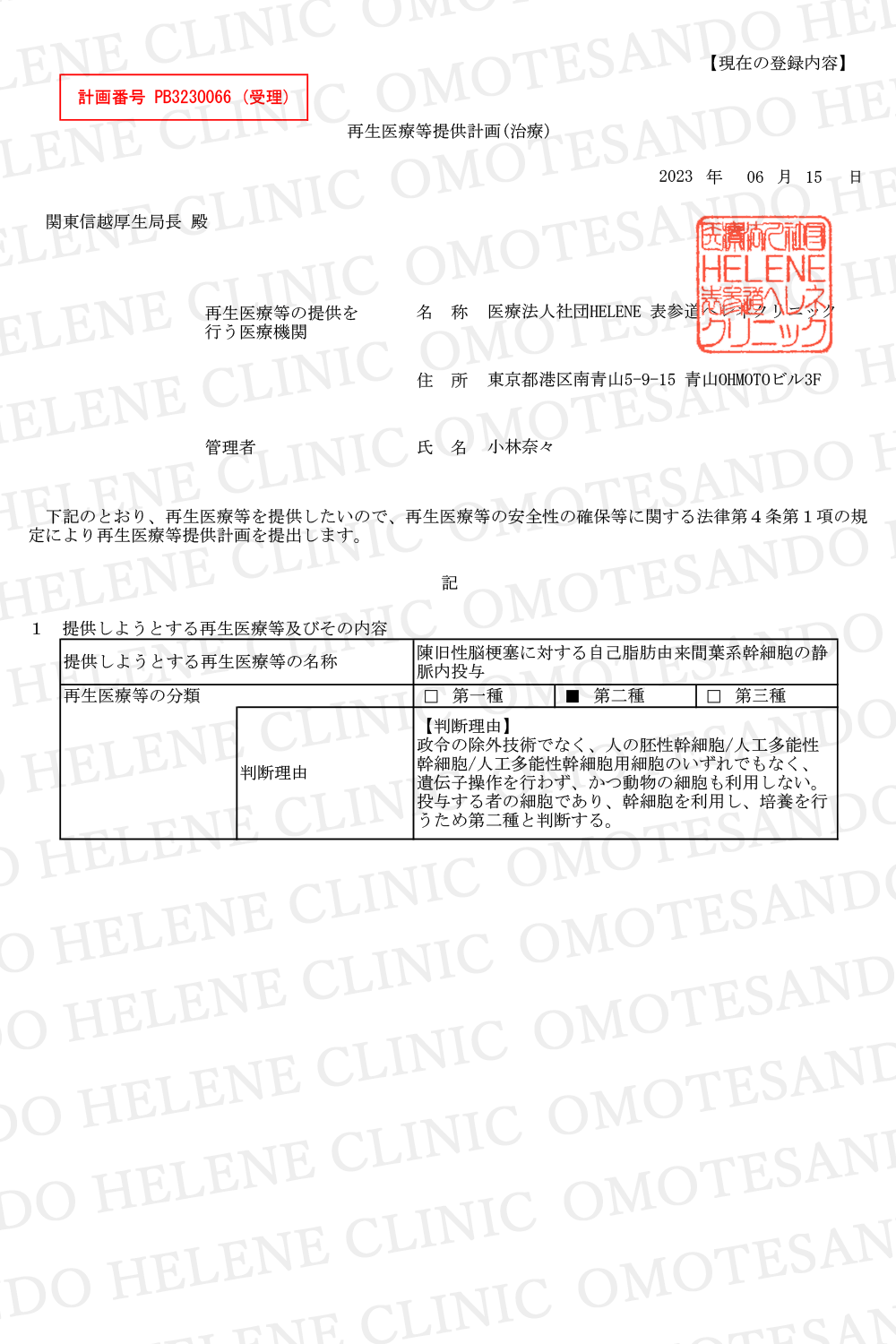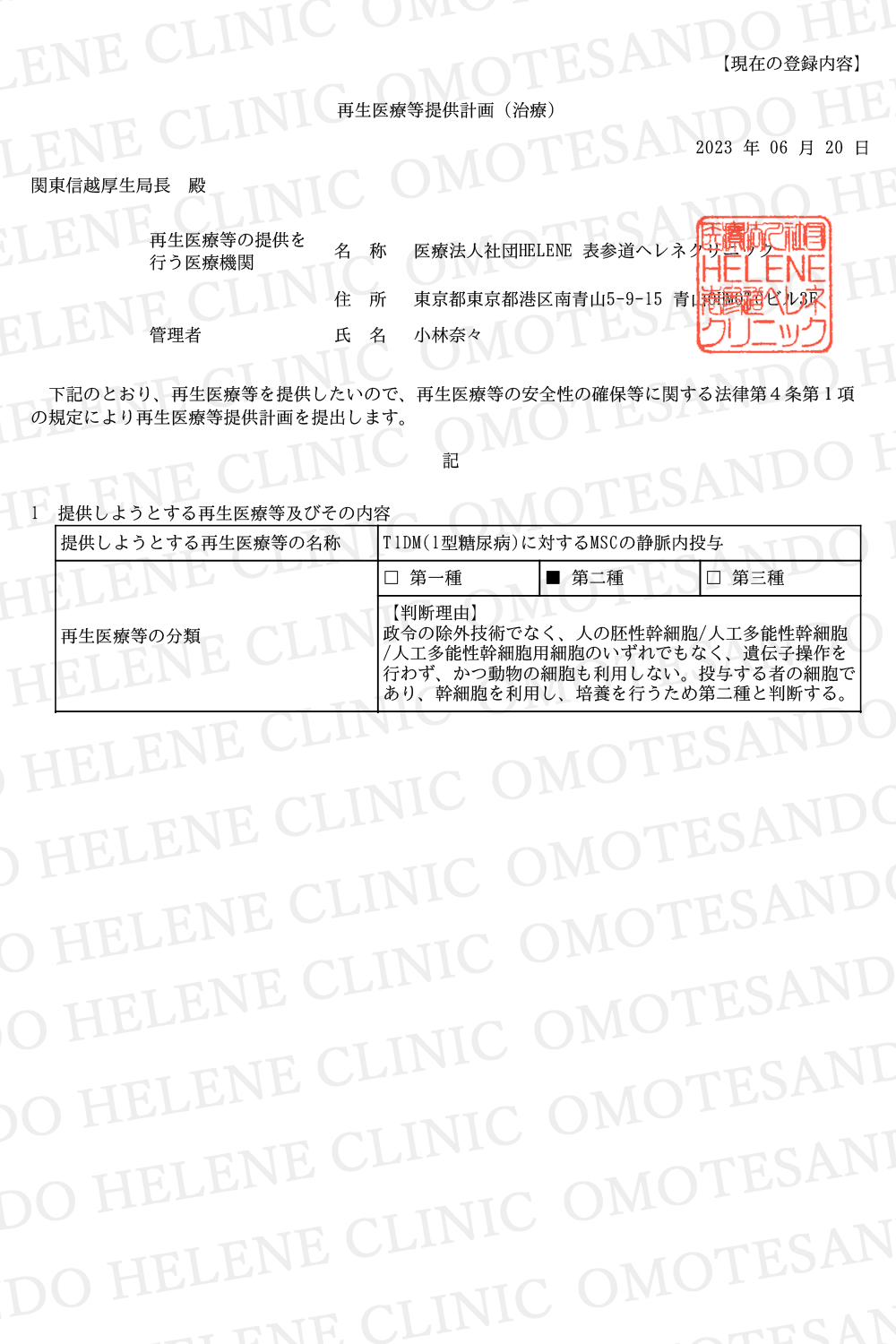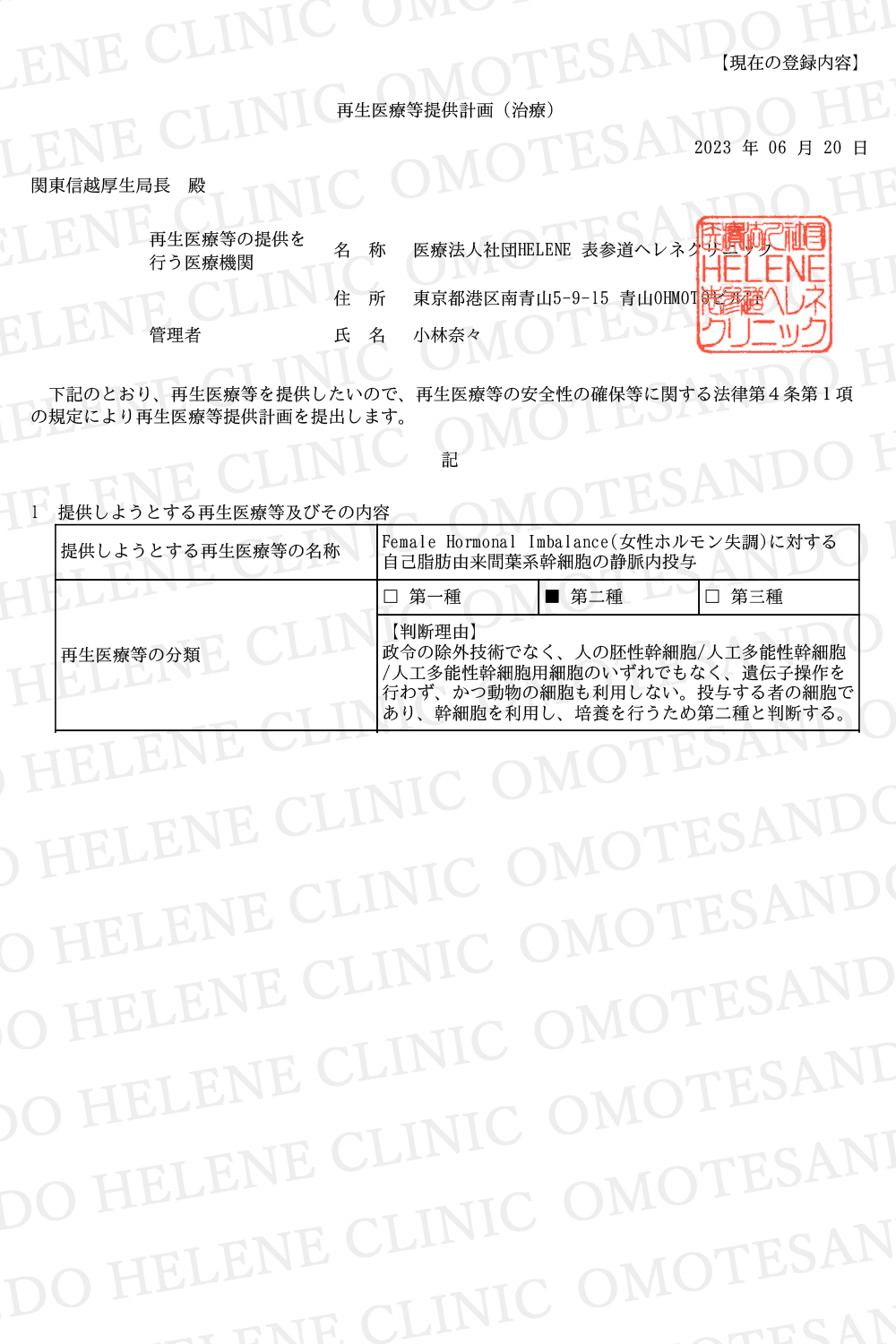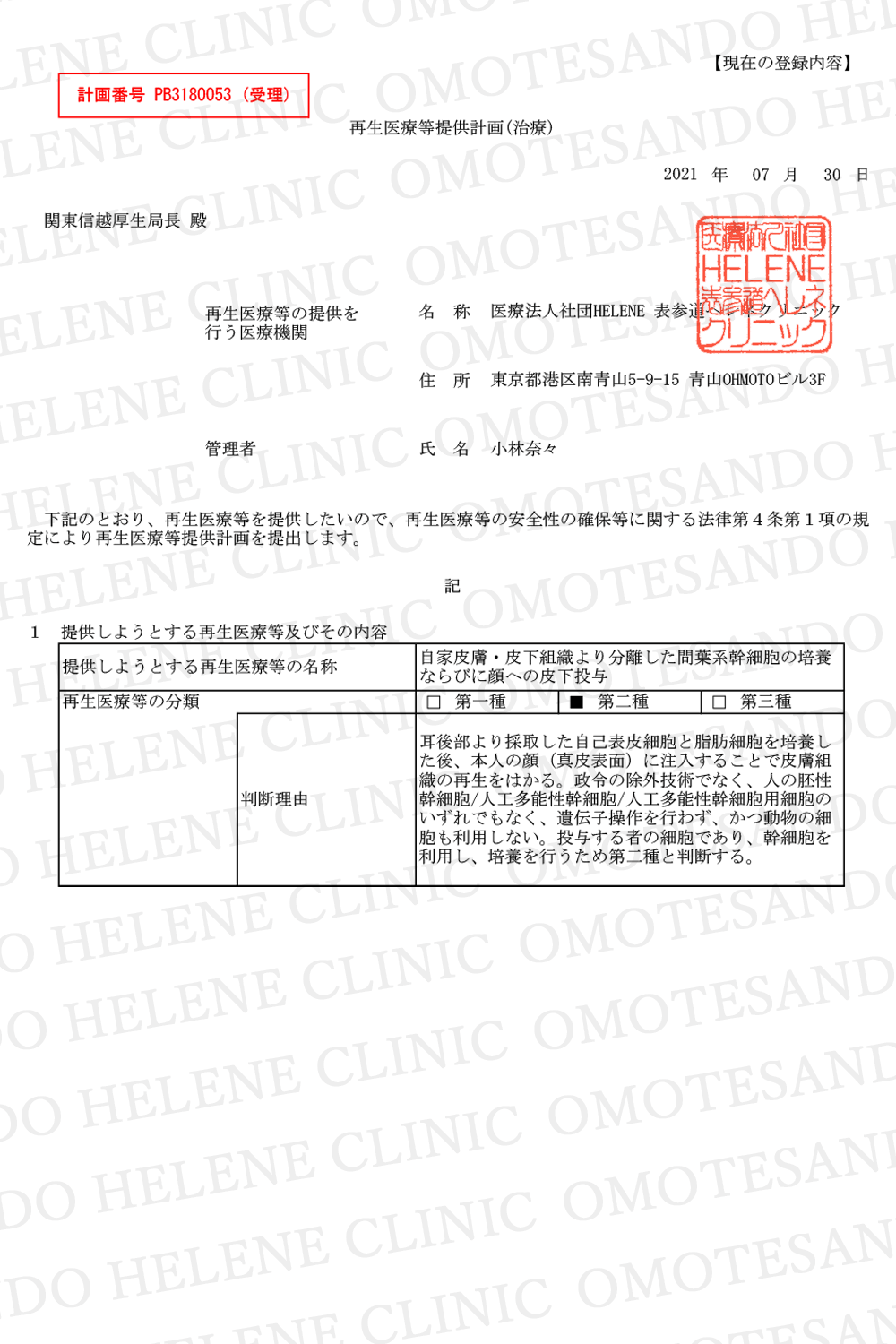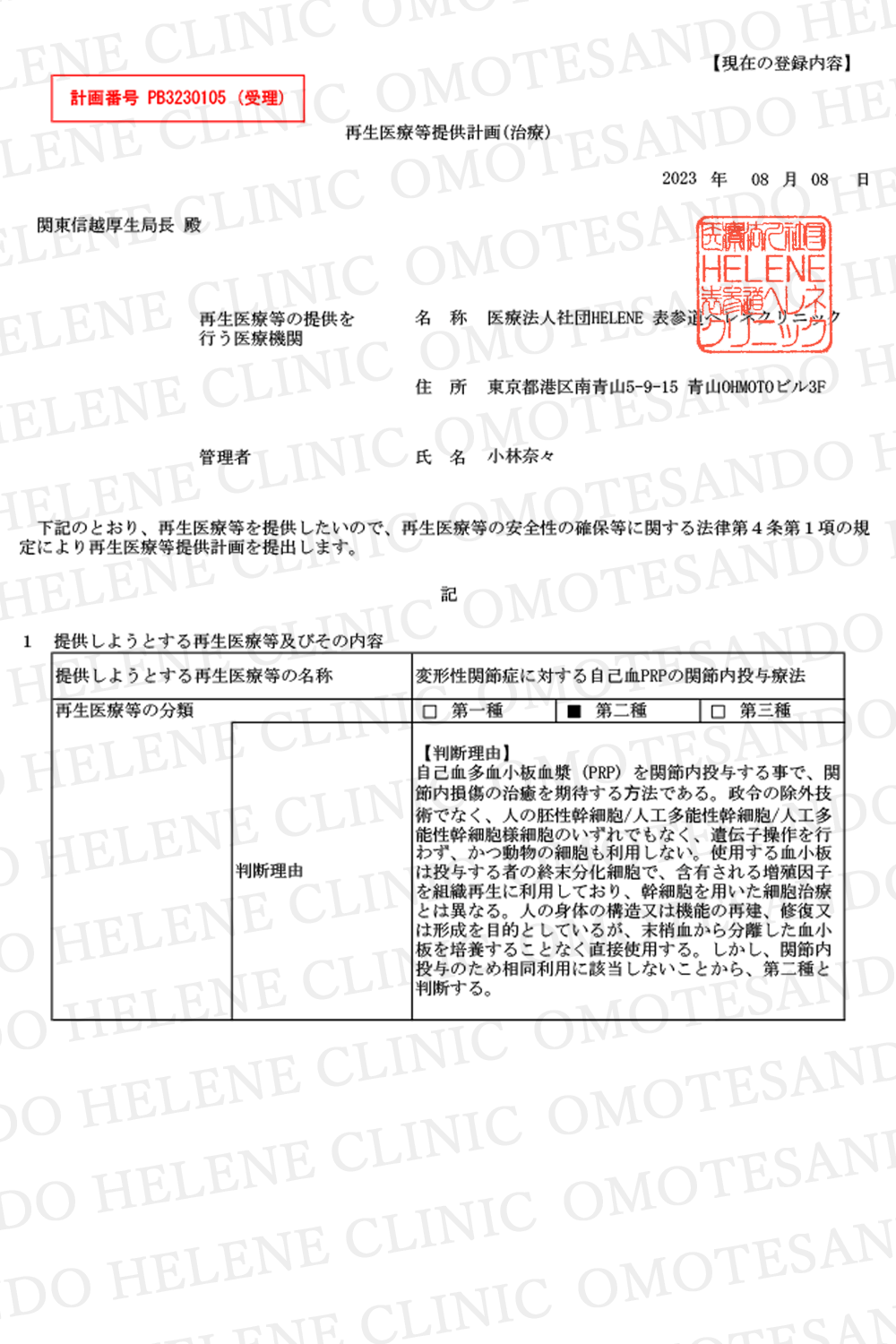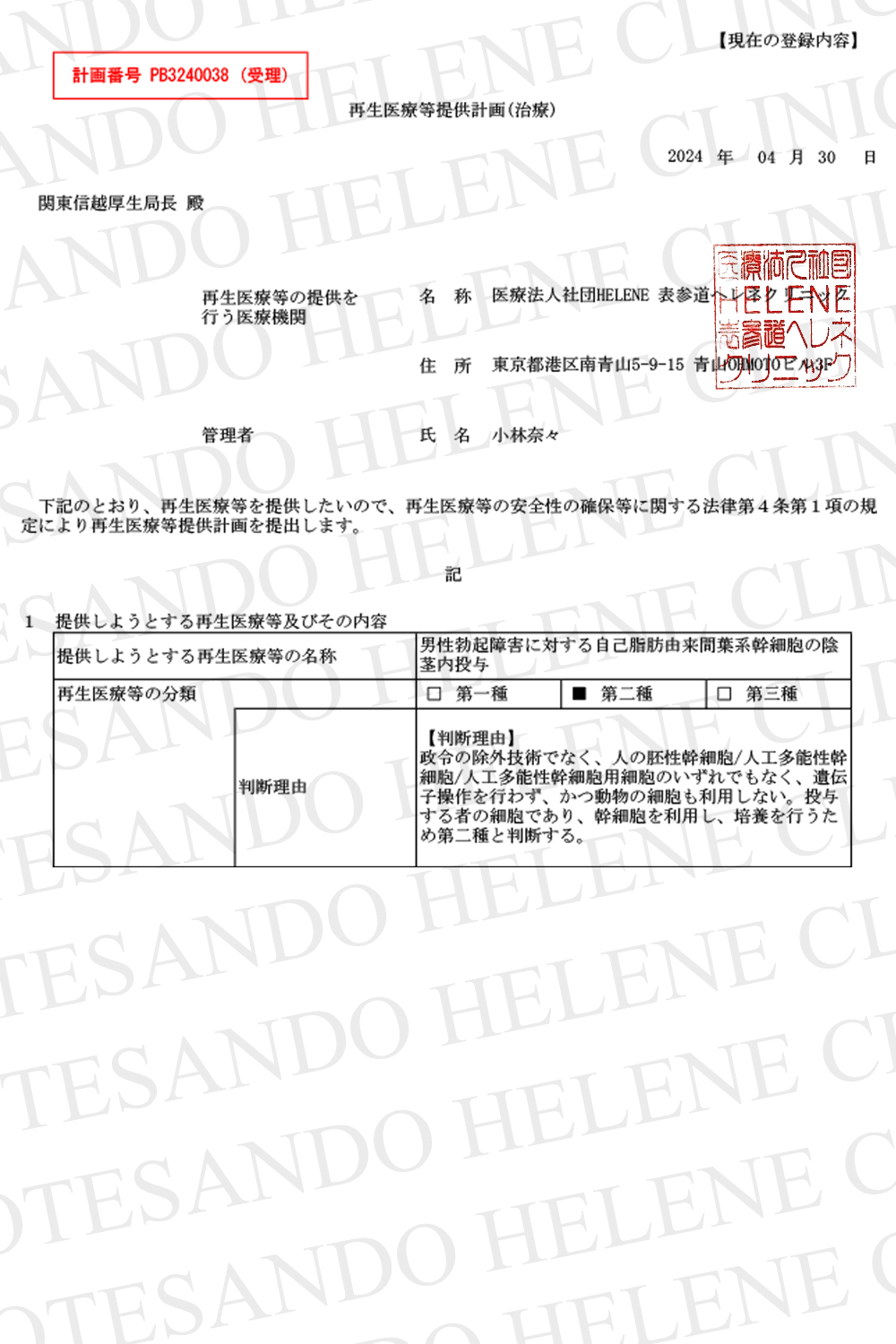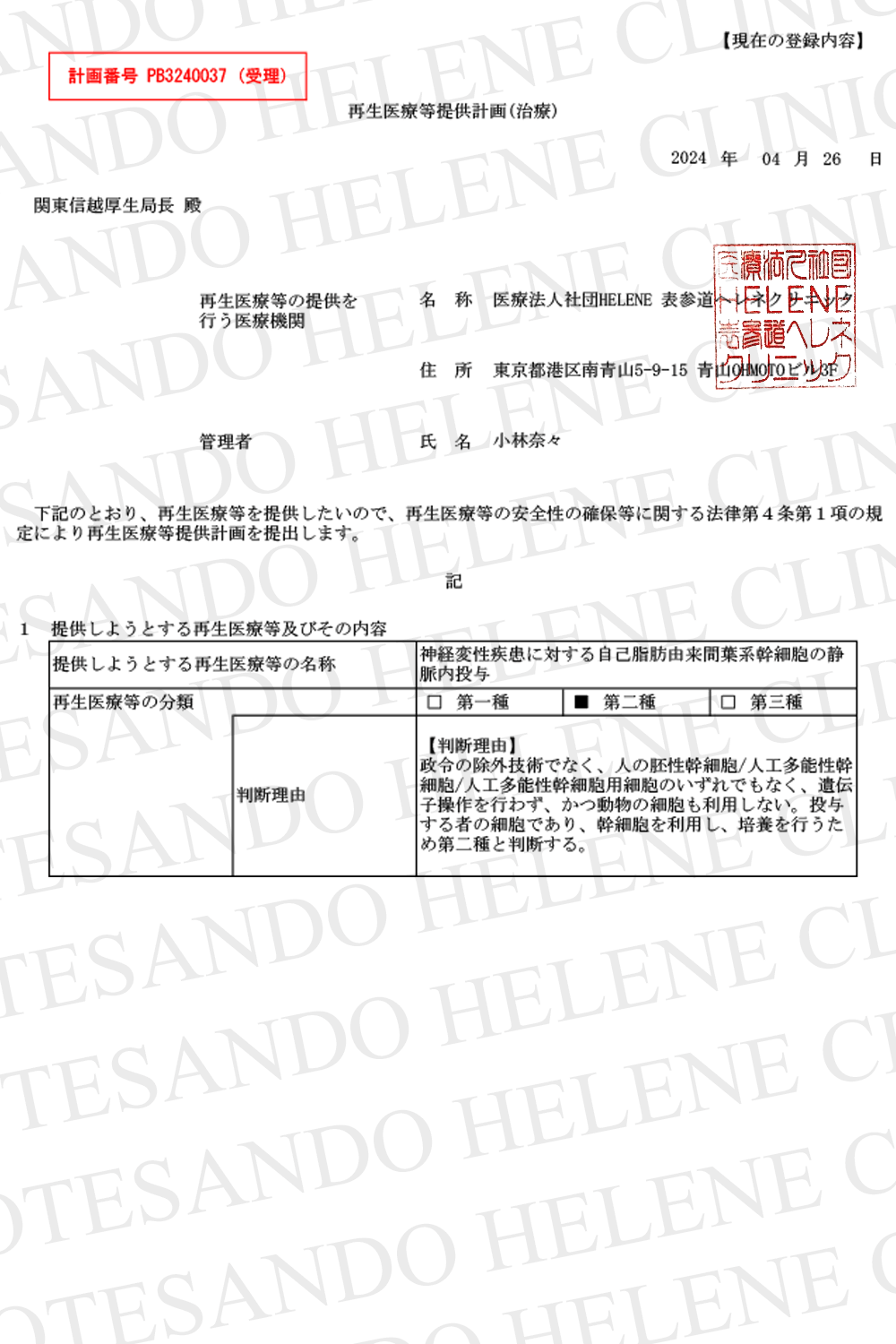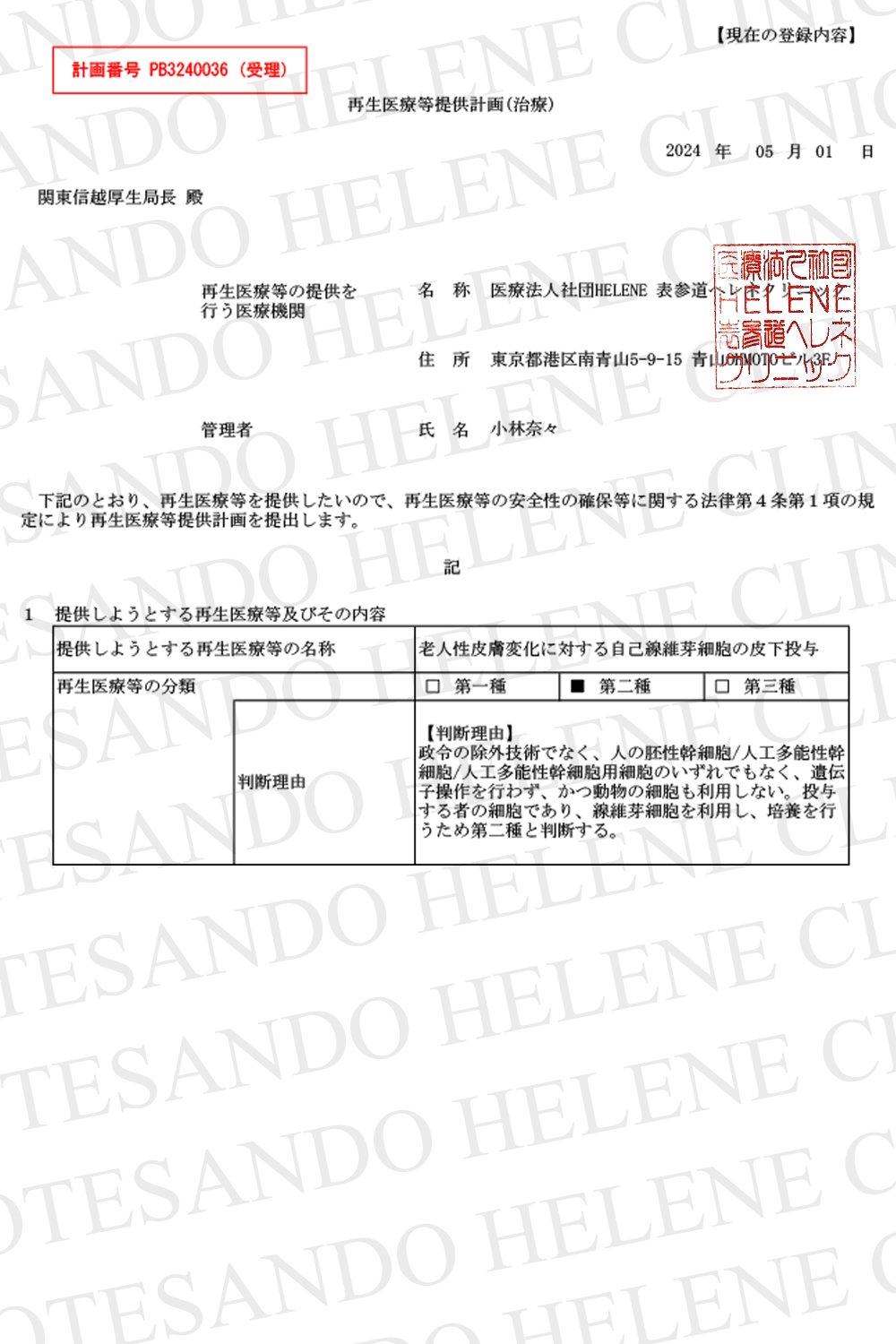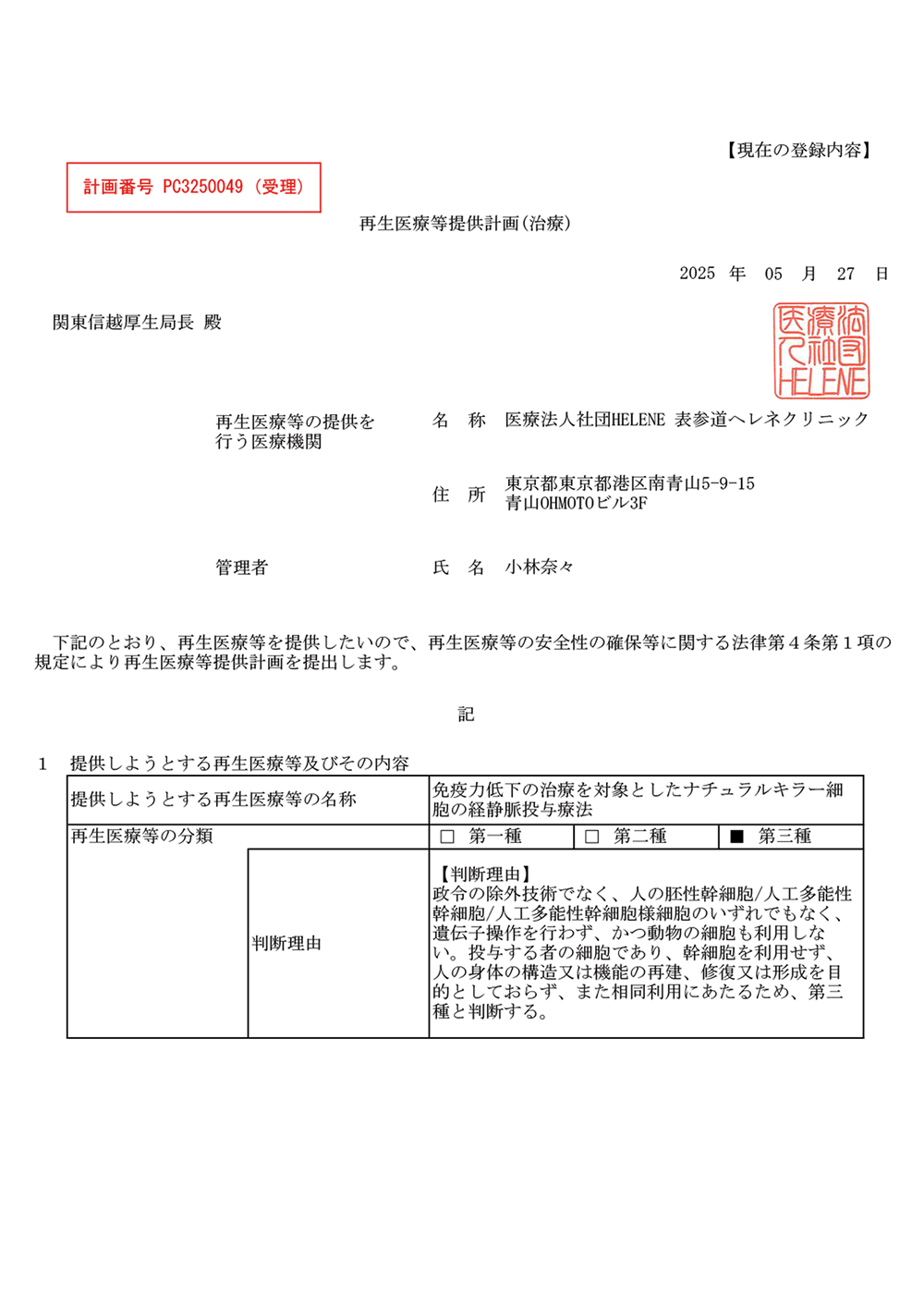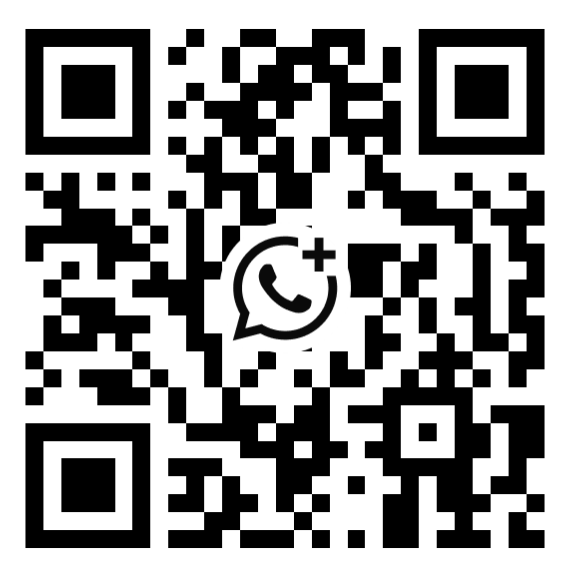Quoted from https://news.yahoo.co.jp/articles/ab556d8f5c8c949fc66df741cc8d7b1219fd4373
Microspheres extracted from extracellular vesicles (EVs) derived from placental stem cellsRNAbut the new modelcoronaViral infections (newpneumonia) is effective in prevention and treatment. A research team led by Moon Ji-sook, professor of bioengineering at Cha Medical University, compared and analyzed the dielectric sequence information of 95 types of coronaviruses analyzed around the world. It announced on the 10th that it confirmed that the sequences of the end genes of messenger ribonucleic acid (mRNA) called UTR (Untranslational region) are similar. According to research, even if the coronavirus mutates, the part of 3 (UTR) hardly changes. This means that if we develop a drug that blocks this site, we can treat mutated coronaviruses as well. Professor Moon's team isolated extracellular vesicles from placental stem cells and placental byproducts and analyzed the molecular data. 3 (UTR) to inhibit virus expression. In addition, since microRNA has an anti-inflammatory effect, it also has the effect of preventing the excessive immune response "cytokine storm" that occurs in severely ill patients with the new corona. Cytokines play a key role in triggering the immune response when viruses invade, but when overproduced, they can cause extensive damage to the lungs and other organs, and even death in patients. Professor Moon said, "By utilizing the therapeutic effects of extracellular vesicles extracted from placental stem cells, it is possible to develop vaccines and therapeutic drugs that can preemptively respond not only to coronaviruses but also to similar RNA viruses." Stated. The research was conducted by a research team led by Moon Ji-sook, a professor of bioengineering at the University of Car Medicine (Park Jae-hyun, Choi Yu-ri Im CheolThe integration process, research professor Park Jimin) was carried out as part of the 'Stem Cell Application Fusion Fundamental Technology Development' project with the support of the Korean Ministry of Science and Technology and the Korea Research Foundation. The results of the research were published on the article pre-publishing site " bio archive” was published in.



